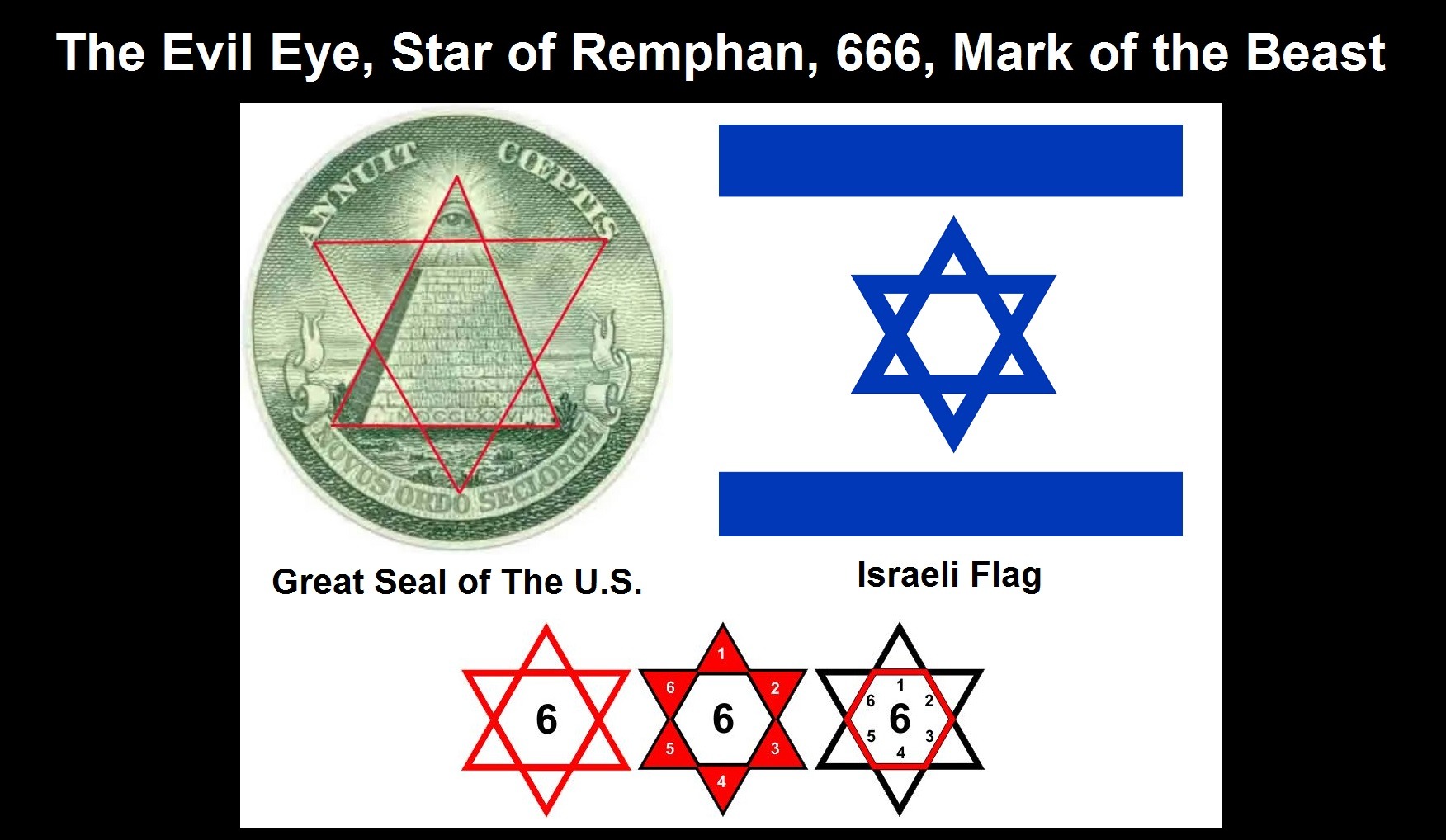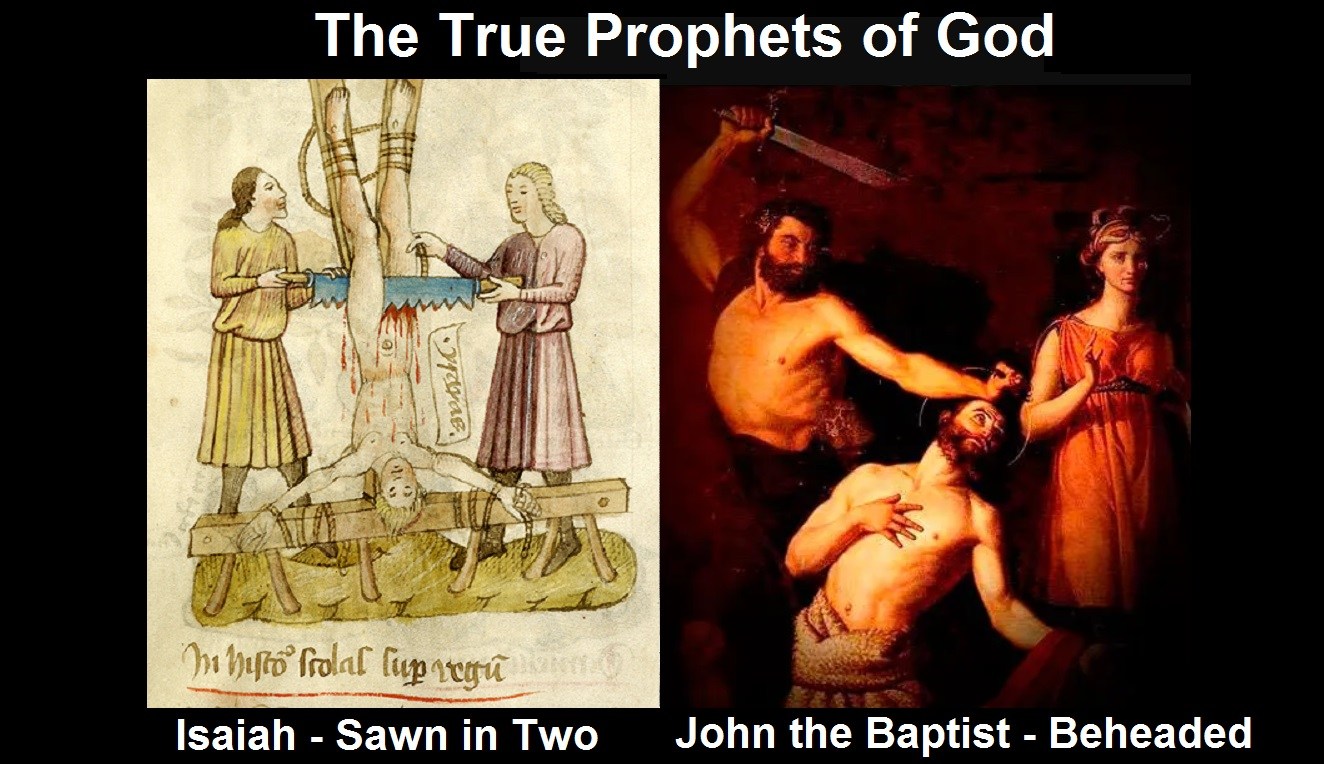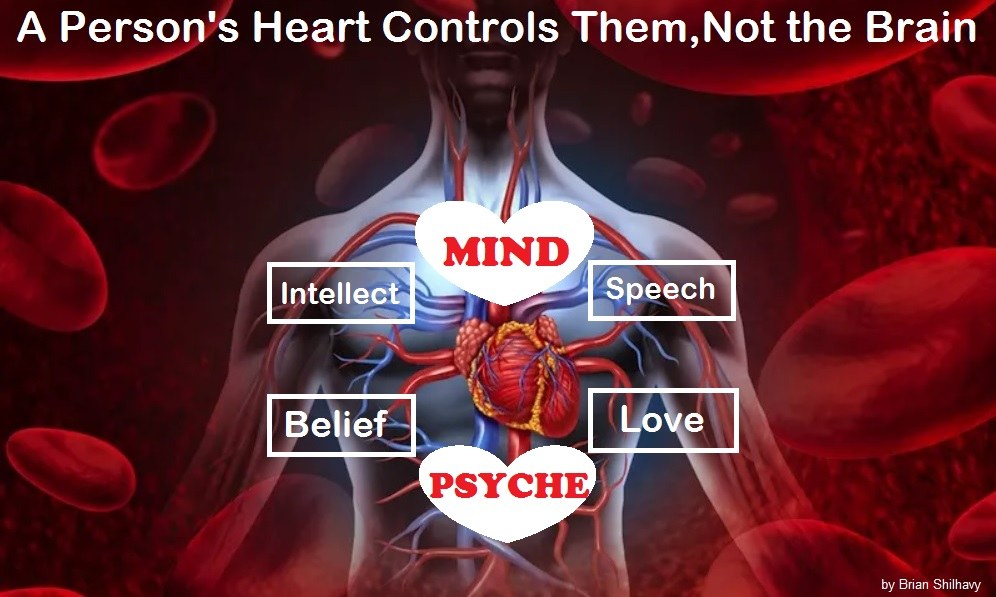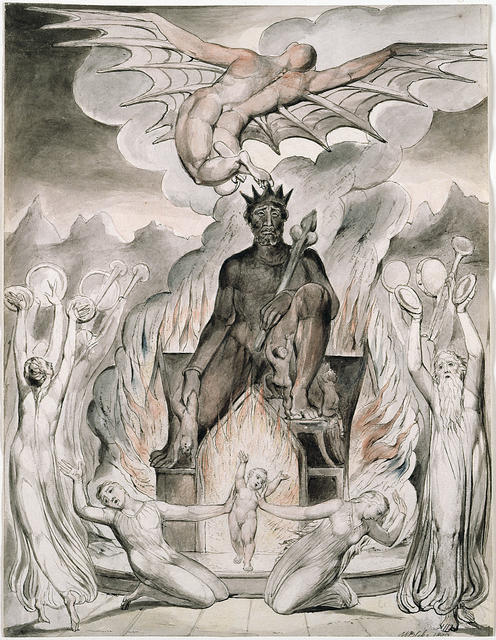
by Jan Eastgate
President CCHR International
In a continuing series exposing the American Psychiatric Association’s updated Diagnostic and Statistical Manual for Mental Disorders-5 called DSM5-TR, CCHR draws attention to The New York Times on 18 March 2022, that reported the APA’s launch of a “new” mental disorder—prolonged grief disorder (PGD).[1] Psychiatrists suggest that grief has a time limit and that if grief continues after one year, it’s a mental illness, akin to addiction.
The article was headlined, “How Long Should It Take to Grieve? Psychiatry Has Come Up With an Answer.”
Come up with an answer? Hardly.
It was psychiatry’s usual potpourri of subjective data, surveys, and conclusions that APA relies upon for DSM—not science discovering a disease. The official inclusion in DSM5-TR comes while there’s an addiction treatment drug under clinical trial to treat prolonged grief.
PGD describes severe, persistent and disabling bereavement at one year after a loss.[2] It was added to the mental disorders section of the 11th revision of the mental disorders section of the International Classification of Diseases (ICD-11) this year. It was recommended for inclusion around 2013, with the diagnostic criteria based on an interview with 300 bereaved individuals, and further study of nearly 800 bereaved individuals’ symptoms.[3]
It takes an extremely vulnerable and distressing time in a person’s life and pathologizes it as an “illness” that can be terribly misleading to someone in grief that for some, can last for years.
There’s no etiology or cure for this new “disorder.” One study says that “the normal grieving process is not fully understood” but “one prominent theory holds that healthy grieving typically involves completion of loss-focused tasks and restoration focused tasks.” But that doesn’t stop psychiatrists from drugging the condition.
In 2013, DSM-5 included a diagnostic code corresponding to “prolonged grief problems”—the convoluted-sounding Other Specified Trauma, Stressor-Related Disorder, Persistent Complex Bereavement Disorder (PCBD) and Complex Bereavement-Related Disorder. The criteria for this was in the section of the manual devoted to conditions needing further study.[4]
SSRI antidepressants are one suggested treatment. Other psychopharmaceutical drugs are recommended as an adjunct to psychotherapy.[5] The New York Times pointed to an addiction treatment drug, naltrexone, that the manufacturer will seek Food and Drug Administration (FDA) approval to treat PGD. Naltrexone is largely used to treat opioid and alcohol addiction.
In fact, a clinical trial for naltrexone to treat PGD began before the APA had even voted and approved the disorder’s inclusion in DSM5-TR. The clinical trial was registered on 31 August 2020.[6] Two months later the APA Board of Trustees approved the new diagnostic category and on November 25th 2020, the APA Assembly approved its addition to DSM5.[7] It was launched with the public release of DSM5–TR on March 18th, 2022.
Researchers “hypothesized” that a person’s ongoing grief—beyond six months—is like a disorder of addiction and therefore could benefit from being treated with drugs that are currently used to treat alcohol and opioid dependence.[8]
In 2019, Dr. Paul Appelbaum, chair of the committee in charge of the revisions to the DSM updates had convened a group that included Dr. Katherine Shear, a psychiatry professor at Columbia University, of Columbia, and Dr. Holly Prigerson, a psychiatric epidemiologist now a professor at Weill Cornell Medical College, to agree on criteria that would distinguish normal grief from that of a mental disorder.[9] The APA “begged and pleaded” to define the syndrome more conservatively—an arbitrary year after death—to avoid a public backlash, Prigerson said. [10]
Prigerson is conducting the naltrexone drug trial. She has served as the primary investigator on numerous National Institutes of Health investigations, including studies that justified the inclusion of PGD in ICD-11 and DSM-5-TR.[11]
Dr. Shear said it was difficult to predict what treatments would emerge: “I don’t really have any idea, because I don’t know when the last time there was a really brand-new diagnosis.”[12] [emphasis added]
A brand-new diagnosis? For an emotion that has been around since the beginning of mankind. Its criteria, in part, influenced by the fear of a public backlash?
“I have to say that they were kind of politically smart about that,” Prigerson added. The concern was that the public was “going to be outraged, because everyone feels because they still feel some grief — even if it’s their grandmother at six months, they are still missing them,” she said. “It just seems like you’re pathologizing love.”
Emotions being pathologized? We’ve seen it happen before when there are drugs in the pipeline for FDA approval.
Brendan I. Koerner’s must-read article, “Disorders Made to Order,” published in Mother Jones in July/August 2002, was revelatory in exposing the marketing of Generalized anxiety disorder (GAD) and Social Anxiety Disorder (SAD), some of which is covered here:
- GAD was a condition that, according to the reports, left sufferers paralyzed with irrational fears, and while not dismissing that this occurs, it was promoted to capture a new market by obtaining FDA approval for an existing but little known DSM indication, for which an already approved antidepressant could be used, thereby increase its sales. An FDA approval for a new indication can be obtained in less than 18 months, compared to the eight years it takes to bring a drug from the lab to the pharmacy. On April 16, 2001, the FDA approved Paxil, manufactured by the now-called GlaxoSmithKline (GSK) for the new indication of GAD.
- “The FDA considers a DSM notation sufficient proof that a disease actually exists and, unlike new drugs, existing pharmaceuticals don’t require an exhaustive round of clinical studies.”
- According to a 1989 study, as few as 1.2% of the population merited the GAD diagnosis. But print periodicals that were “awash in stories of young women plagued by worries over money and men,” helped change that. If GlaxoSmithKline “hoped to capitalize on Paxil’s new indication, it would have to raise GAD’s profile,” Koerner wrote. There began a huge marketing campaign, including manufacturing a temporary “patient group” that appeared on the date of Paxil’s approval, called Freedom From Fear. The group released a telephone survey according to which “people with GAD spend nearly 40 hours per week, or a ‘full-time job,’ worrying.” The survey mentioned neither GSK nor Paxil, but the press contact listed was an account executive at Cohn & Wolfe, the drugmaker’s P.R. firm.
- The DSM committee that recommended the GAD entry in 1980 was headed by Robert L. Spitzer of the New York State Psychiatric Institute, which has been a leading recipient of pharmaceutical industry grants to research drug treatments for anxiety disorders.
- In 1998, GSK also applied for FDA approval to market Paxil for something called social phobia or “social anxiety disorder” (SAD), a debilitating form of shyness the DSM characterized as “extremely rare.” While on the FDA approval lines, GSK started marketing SAD. By early 1999 the firm had created a slogan, “Imagine Being Allergic to People.” The posters used to promote SAD made no reference to Paxil or GSK; instead, they bore the insignia of a group called the Social Anxiety Disorder Coalition and its three nonprofit members, the American Psychiatric Association, the Anxiety Disorders Association of America, and Freedom From Fear.
- Once again, the P.R. firm Cohn & Wolfe, handled all media inquiries on behalf of the group. Journalists were given a press packet stating that this once “rare” SAD “affects up to 13.3% of the population,” or 1 in 8 Americans, and is “the third most common psychiatric disorder in the United States, after depression and alcoholism.”
- In the two years preceding Paxil’s approval, fewer than 50 stories on SAD had appeared in the popular press. In May 1999, the month when the FDA approved Paxil for its treatment, hundreds of stories about the illness appeared in U.S. publications and television news programs, including the New York Times, Vogue, and Good Morning America. In 2000, the New York chapter of the Public Relations Society of America named the Cohn & Wolfe SAD campaign “Best P.R. Program of 1999.”
- The Social Anxiety Disorder Coalition no longer exists: As of 2002, callers to the coalition’s hot line were greeted by a recording that announced simply, “This program has successfully concluded.”
- “Public-relations firms launch campaigns to promote the new disease, using dramatic statistics from corporate-sponsored studies. Finally, patient groups are recruited to serve as the “public face” for the condition, supplying quotes and compelling human stories for the media; many of the groups are heavily subsidized by drugmakers, and some operate directly out of the offices of drug companies’ P.R. firms.” [13]
Kelly Patricia O’Meara, award-winning journalist and former Congressional staffer encapsulates this, writing:, “Drug companies pull a mental disorder out of the DSM hat and get FDA approval to use an already existing drug to treat it. Well-known psychiatrists are enlisted to publicly affirm the disorder as a social problem…Voila! Confirmed psychiatric ill and magic pill.”[14]
Public pressure, Politics?
PGD is also not the first time public pressure has been an influencer. Since the inception of DSM in 1952, psychiatrists maintained homosexuality was a mental illness, but under public and political pressure from gay and supporting groups in 1973, APA voted it out as disease.
“Political” is an appropriate narrative for DSM. The Zur Institute said: “The DSM is more a political document than a scientific one. Decisions regarding inclusion or exclusion of disorders are made by majority vote rather than by indisputable scientific data.”[15] U.S. professors Herb Kutchins and Stuart A. Kirk’s book Making Us Crazy: DSM–The Psychiatric Bible and the Creation of Mental Disorders pointed out that a “kind of ad hoc list-making” determines the symptoms of mental disorders which is “not science but politics.”[16]
As far as PGD, Prigerson claimed that in many cases, patients were responding well to antidepressant medications, but their grief, as measured by a “standard inventory” of (subjective) questions, was unaffected, remaining stubbornly high. Although she estimated prolonged grief effects 4% of bereaved individuals,[17] a more lucrative estimate has been approximately 10%.[18]
The new diagnosis was “designed to apply to a narrow slice of the population” who are still grieving “a year after loss,” The New York Times reported (emphasis added). Researchers have argued that intense forms of grief should be classified as a mental illness because while “society tends to accept the suffering of bereaved people as natural and that this “fails to steer them toward treatment that could help.”[19]
Treatment that can help?
According to the New York Times, “If the diagnosis comes into common use, it is likely to popularize” treatment and “also give rise to a range of new ones, including drug treatments and online interventions.” This “will most likely open a stream of funding for research into treatments—naltrexone, a drug used to help treat addiction,” is currently in clinical trials as a form of grief therapy and “set off a competition for approval of medicines by the Food and Drug Administration.”
A diagnosis of PGD can be set if a person experiences separation distress, plus several accompanying symptoms (e.g., anger, difficulties accepting the loss, and moving on) to a distressing and disabling agree, more than 12 months post-loss (under 6 months in children). Among other symptoms there are: yearning for the deceased person; preoccupation with loss; difficulties accepting the loss; avoidance of reminders; pangs of grief; numbness, intrusive thoughts, upset when reminded ; difficulty concentrating; not feel cheerful; don’t enjoy book/radio/tv; Not enjoying things; and feel slowed down.[20]
Naturally, these are devastating for individuals experiencing them and the New York Times gave tragic examples, which cannot be negated or minimized with any criticism of the “disorder.” No one can dismiss the need for help to get through such times, but to call it an “addiction” to grieve, justifying potent, mind-altering psychiatric drugs, is dishonest and a terrible disservice for suffering individuals.
Naltrexone is usually given to block the effects of opioids or alcohol in people with addiction problems.[21] One of its patented names is Vivitrol which has a list of common side effects that include: depression, anxiety, panic attack, nervousness, fatigue, frequent headaches, headache, posttraumatic stress disorder and obsessive compulsive disorder.[22] Vivitrol can cause liver damage over time or hepatitis.[23] In other words, the individual struck by long-term grief will be given a drug that could cause debilitating emotional effects or additional DSM disorders.
One would be hard-pressed not to find people answering yes to the questionnaires given prospective patients that include tick-box statements, such as:
- I still get upset when I think about the person who died.
- Sometimes I very much miss the person who died.
- Even now it’s painful to recall memories of the person who died.
- I hide my tears when I think about the person who died.
- Things and people around me still remind me of the person who died.
- At times I still feel the need to cry for the person who died.[24]
The New York Times pointed out that critics warn that there will be false positives—grieving people told by doctors that they have mental illnesses when they are actually emerging, slowly but naturally, from their losses. And they fear grief will be seen as a growth market by drug companies that will try to persuade the public that they need medical treatment to emerge from mourning.”
In 2017, a Vivitrol marketing campaign had pushed annual sales of the drug from $30 million to $209 million over the previous five years. Multiple media outlets cried foul, highlighting the manufacturer’s heavy lobbying efforts.[25] In 2021, net sales of Vivitrol had reached $343.9 million, compared to $310.7 million in 2020, an increase of approximately 11%. This is in addition to the manufacturer’s sales of two antipsychotics, Aristrada, the sales of which were $275.4 million in 2021, compared to $241.0 million in the prior year and Lybalvi worth $8.2 million, following commercial launch in October 2021.[26]
Dangerous is how some have described this “new” diagnosis.
“I completely, utterly disagree that grief is a mental illness,” said Joanne Cacciatore, an associate professor of social work at Arizona State University who has published widely on grief.
“When someone who is a quote-unquote expert tells us we are disordered and we are feeling very vulnerable and feeling overwhelmed, we no longer trust ourselves and our emotions. To me, that is an incredibly dangerous move, and short sighted.”
But the thrust for a new disorder for which more drugs can be prescribed is seductive. Dr. Kenneth S. Kendler, a professor of psychiatry at Virginia Commonwealth University who played an important role in the last three editions of DSM commented on PGD: “It’s sort of an official blessing in the world,” he said. “If we were on the planetary committee of the American Astronomical Society deciding what is a planet or not—this one’s in, and Pluto we kicked out.”
“You’ve got to understand that clinicians want diagnoses so they can categorize people coming through the door and get reimbursement,” said Jerome C. Wakefield, a professor of social work at New York University. [emphasis added]
Allen Francis, former Chairman of the DSM-IV Task Force, notes, “The 9 years since the appearance of DSM-5 have not produced new research findings that justify a revised edition at this time. The only purpose for publishing a DSM-5-TR is planned obsolescence, linked to financial gain: DSM-5-TR was published to sell more books and reap even greater publishing profits.” He further wrote that “the authors of DSM-5-TR chose to remain remarkably and uncritically true to the many flawed DSM-5 decisions.”[27]
In fact, “DSM-5-TR now greatly compounds DSM-5’s colossal error by adding an even bigger one of its own—turning prolonged grief into an official mental disorder and dignifying it with a separate code. ‘Prolonged’ is defined as just 1 year in adults and 6 months in kids,” he adds.
Why is this so destructive?
“The decision to declare prolonged grief a psychiatric disorder was based on minimal research by just a few research teams; it has not been field tested in a wide array of practice settings to smoke out harmful unintended consequences; and, perhaps most importantly, it creates all these new problems while serving no useful purpose.”
He encourages clinicians to “use their common sense and clinical judgment. Don’t allow DSM-5-TR’s ‘prolonged grief’ to suddenly pathologize grief. It is completely normal to grieve beyond 1 year—the small price we pay for having loved someone deeply and a big part of what makes relationships meaningful and us human.”
Grief over the loss of a loved one can be devasting to the point where “life stands still.” Therefore, it must be reiterated that in rejecting psychiatry’s “brand new” prolonged grief disorder, this in no way minimizes what those grieving are feeling or suggest they don’t need and should seek help. But in accepting grief as some incurable disease or addiction requiring drugs means countless more numbers of people could become trapped as lifelong patients.
References:
[1] Ellen Barry, “How Long Should It Take to Grieve? Psychiatry Has Come Up With an Answer,” The New York Times, 18 Mar. 2022, https://www.nytimes.com/2022/03/18/health/prolonged-grief-disorder.html
[2] https://www.ncbi.nlm.nih.gov/pmc/articles/PMC7427562/
[3] Alexander H. Jordan and Brett T. Litz, “Prolonged Grief Disorder: Diagnostic, Assessment, and Treatment Considerations,” Professional Psychology: Research and Practice, 2014, Vol. 3, pp 180-187.
[4] Ibid.
[5] Ibid.
[6] https://clinicaltrials.gov/ct2/show/NCT04547985; https://clinicaltrials.gov/ct2/keydates/NCT04547985
[7] Mark Moran, “Assembly Approves New Diagnosis of Prolonged Grief Disorder for DSM-5-TR,” Psychiatric News, 25 Nov. 2020, https://psychnews.psychiatryonline.org/doi/10.1176/appi.pn.2020.12b18
[8] https://trialsjournal.biomedcentral.com/articles/10.1186/s13063-021-05044-8
[9] Op. cit., The New York Times, 18 Mar. 2022
[10] Ibid.
[11] https://vivo.weill.cornell.edu/display/cwid-hgp2001
[12] Op. cit., The New York Times, 18 Mar. 2022
[13] Brendan I. Koerner, “Disorders Made to Order,” Mother Jones, July/Aug. 2002, https://www.motherjones.com/politics/2002/07/disorders-made-order/
[14] Kelly O’Meara, addressing CCHR’s 34th Anniversary and Human Rights Awards Dinner, Los Angeles, 2002
[15] Ofer Zur, Ph.D., et al., “DSM-5: Diagnosing for Status and Money,” Zur Institute, https://www.zurinstitute.com/dsm-critique/
[16] Larissa MacFarquhar, “Diagnosis: Totally Sane: The DSM isn’t crazy in the slightest,” Slate Magazine, 13 Nov. 1997, https://slate.com/news-and-politics/1997/11/diagnosis-totally-sane.html
[17] Op. cit., The New York Times, 18 Mar. 2022
[18] https://jamanetwork.com/journals/jamapsychiatry/fullarticle/1917889
[19] Op. cit., The New York Times, 18 Mar. 2022
[20] https://www.sciencedirect.com/science/article/pii/S0165178121003309
[21] https://www.drugs.com/mtm/bupropion-and-naltrexone.html
[22] https://www.drugs.com/sfx/naltrexone-side-effects.html
[23] https://www.opioidtreatment.net/blog/naltrexone-side-effects-overdose/
[24] https://www.researchgate.net/publication/5804319_Bereaved_Spouses’_Adjustment_
after_the_Patient’s_Death_in_Palliative_Care
[25] https://www.fiercepharma.com/legal/alkermes-balks-at-u-s-senator-harris-probe-into-vivitrol-marketing
[26] https://ih.advfn.com/stock-market/NASDAQ/alkermes-ALKS/stock-news/87306056/alkermes-plc-reports-financial-results-for-the-fou
[27] Allen Frances, MD, “Is DSM-5-TR Worth Buying?” Psychiatric Times, 23 Mar. 2022, https://www.psychiatrictimes.com/view/is-dsm5tr-worth-buying
Read the full article at CCHR International
Related:
Updated Psychiatric Manual Makes Grief, Racism, and Childhood “Mental Disorders” to be Treated with Drugs
This article was written by Human Superior Intelligence (HSI)
See Also:
Understand the Times We are Currently Living Through
Exposing the Christian Zionism Cult
Christian Teaching on Sex and Marriage vs. The Actual Biblical Teaching
Where is Your Citizenship Registered?
The Bewitching of America with the Evil Eye and the Mark of the Beast
Jesus Christ’s Opposition to the Jewish State: Lessons for Today
Distinguishing True Prophets from False Prophets in These Evil Modern Times
Insider Exposes Freemasonry as the World’s Oldest Secret Religion and the Luciferian Plans for The New World Order

Identifying the Luciferian Globalists Implementing the New World Order – Who are the “Jews”?
The Brain Myth: Your Intellect and Thoughts Originate in Your Heart, Not Your Brain
Fact Check: “Christianity” and the Christian Religion is NOT Found in the Bible – The Person Jesus Christ Is
The Seal and Mark of God is Far More Important than the “Mark of the Beast” – Are You Prepared for What’s Coming?
The Satanic Roots to Modern Medicine – The Mark of the Beast?
Medicine: Idolatry in the Twenty First Century – 8-Year-Old Article More Relevant Today than the Day it was Written
Having problems receiving our emails? See:
How to Beat Internet Censorship and Create Your Own Newsfeed
We Are Now on Telegram. Video channels at Bitchute, and Odysee.
If our website is seized and shut down, find us on Telegram, as well as Bitchute and Odysee for further instructions about where to find us.
If you use the TOR Onion browser, here are the links and corresponding URLs to use in the TOR browser to find us on the Dark Web: Health Impact News, Vaccine Impact, Medical Kidnap, Created4Health, CoconutOil.com.




















3 Comments